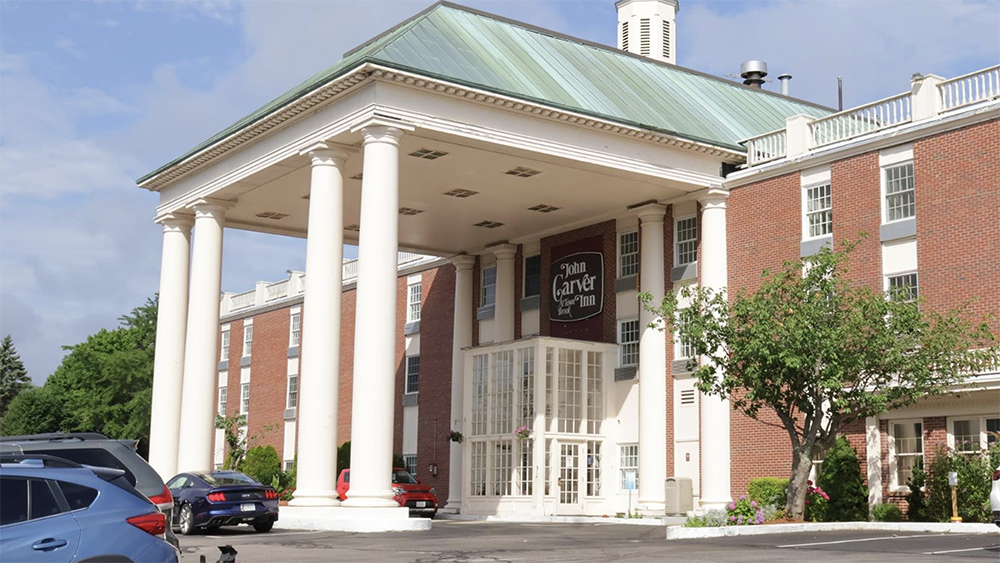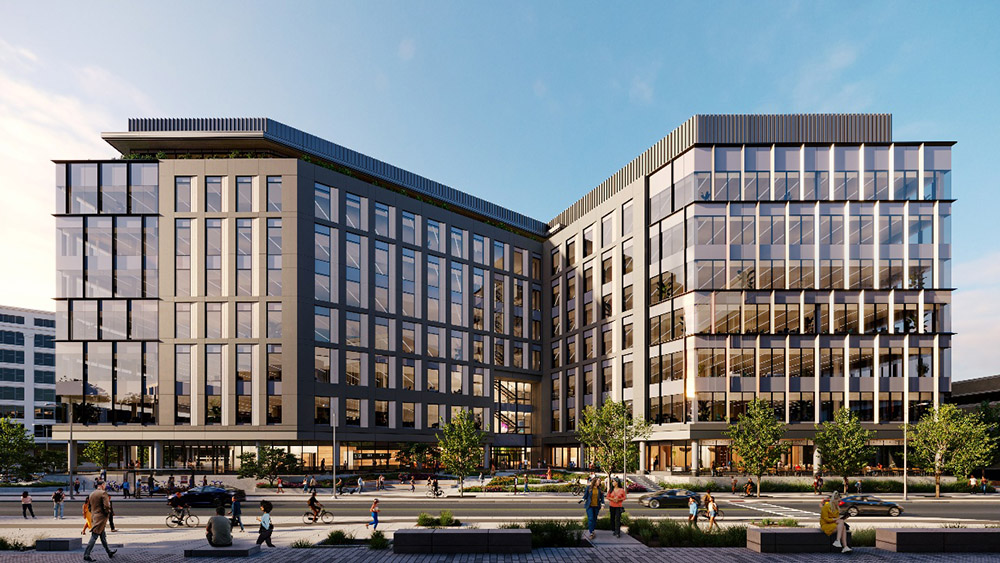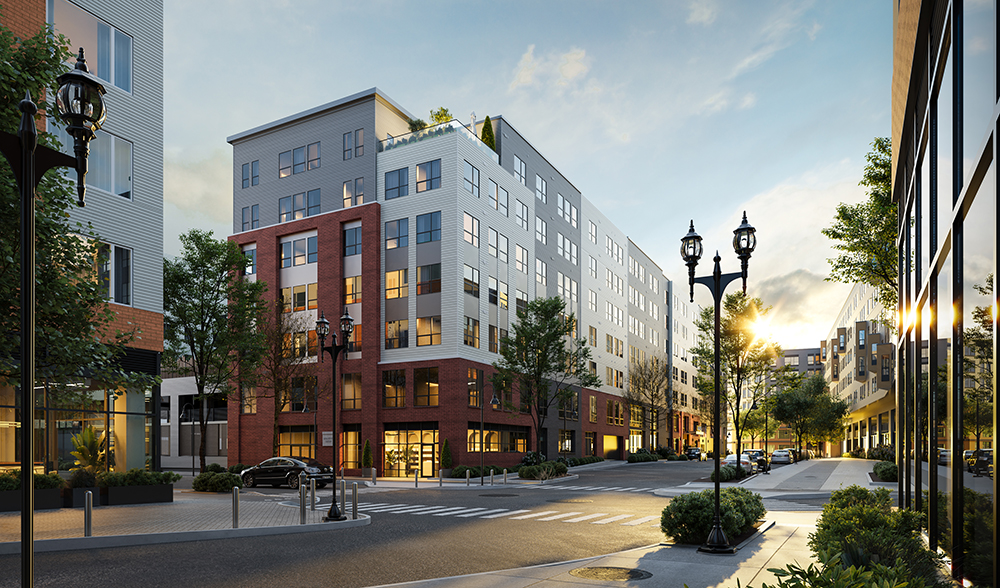News: Owners Developers & Managers
Posted: April 2, 2015
Energy ordinance: Condos required to report May 2015
The Boston city council in 2013 approved a new ordinance that requires owners of commercial and residential buildings of a certain size to report annual energy and water use to the City of Boston. Managers, board members and owners should take note, as this new ordinance will impact condominium associations in Boston starting this May.
Proposed and adopted as part of the Boston Climate Action Plan, which calls for reducing greenhouse gas emissions in Boston, the ordinance seeks to achieve this goal by requiring the reporting and disclosure of annual energy and water use in all large buildings.
Who Must Report and When
Pursuant to the definitions contained in the ordinance, building "owner" includes condominium associations, and "tenant" includes condominium unit owners. However, not all condominium associations are subject to the reporting requirements. The ordinance and related reporting requirements, affect only residential buildings with 35 units or more or 35,000 s/f or more and commercial buildings of 35,000 s/f or more. The timing for when buildings must begin reporting the data also depends on the size and type of building: residential buildings equal to or greater than 50 units or 50,000 s/f, must submit their first report by May 15, and residential buildings equal to or greater than 35 units or 35,000 s/f, must submit the first report by May 15, 2017.
In condominiums, associations will have to report the energy and water use information for the common areas as well as information for individual units. While initially there was great concern as to how the association would obtain the data from the individual unit owners, it now appears that NSTAR and National Grid are making whole-building energy data available to associations, so that associations will be able to obtain total gas, electricity and steam consumption for their buildings without having to request data from individual unit owners.
Once the data is submitted, the association will receive an energy rating. If a condominium association's rating is not in the 75th percentile, the association must complete an energy assessment or energy action within five years of the first report. Energy actions may include signification investments in energy efficiency.
If an association fails to comply with the requirements of the ordinance, a notice of violation will be issued by the city. The association will have 30 days to correct any violation. If the association fails to correct the violation, the city may impose fines upon the association, which shall be $200 per violation for buildings of 50 units/50,000 s/f, and $75 per violation for buildings of 35 units/35,000 s/f.
The CAI-Massachusetts Legislative Action Committee (MALAC) submitted testimony and attended hearings and meetings prior to the adoption of this ordinance in 2013. MALAC's main concern was the added burden the reporting requirements will impose upon condominium associations, with little benefit to the association or the environment. Through the efforts of the MALAC and other real estate organizations, we were successful in increasing the minimum size of the residential building affected by the ordinance from 25 units/25,000 s/f to 35 units/35,000 s/f. In addition, the initial draft of the ordinance contained provisions that made reporting by unit owners mandatory and subjected unit owners to fines for failing to report. The MALAC is pleased that the city council removed this provision from the final version.
The MALAC and CAI New England Chapter are working with the City of Boston to coordinate programs and provide information to our members regarding reporting requirements. Contact the chapter office for more information.
Matthew Gaines is an associate in the condominium group of Marcus Errico Emmer & Brooks, Braintree, Mass.
MORE FROM Owners Developers & Managers
Mount Vernon Co. acquires John Carver Inn & Spa in Plymouth, MA
Plymouth, MA The Mount Vernon Company (MVC), a Boston-based real estate and hospitality investment firm, has completed the acquisition of the John Carver Inn & Spa, an 80-room property.

Quick Hits
Columns and Thought Leadership

Recently passed legislation creates opportunities to meet CT’s changing energy needs - by Klein and Feinn
For decades, New England has had a summer-peaking power system, where the greatest energy use occurs on the hottest and most humid days, due to widespread use of air conditioning. But by the mid-2030s, electrification of the heating sector likely will result in a winter peak that’s higher than the summer peak.

Selecting the right façade installation firm - by Steven Powell
As the owner of a major new property being developed, or an existing large building preparing for major renovation, you want your design and construction team to have the right experience, capabilities, and expertise to match the project demands. A critical member of this team will be the façade installation specialty firm, since the quality of this installation will impact

IREM President’s Message: Fostering community connections during the holiday season
The holidays are again taking center stage, and with them comes an opportunity for multifamily communities to connect with the businesses and organizations in their cities and towns, fostering a sense of unity and generosity during this giving season

.png)





.png)
